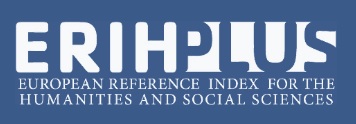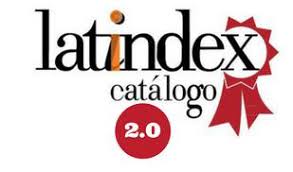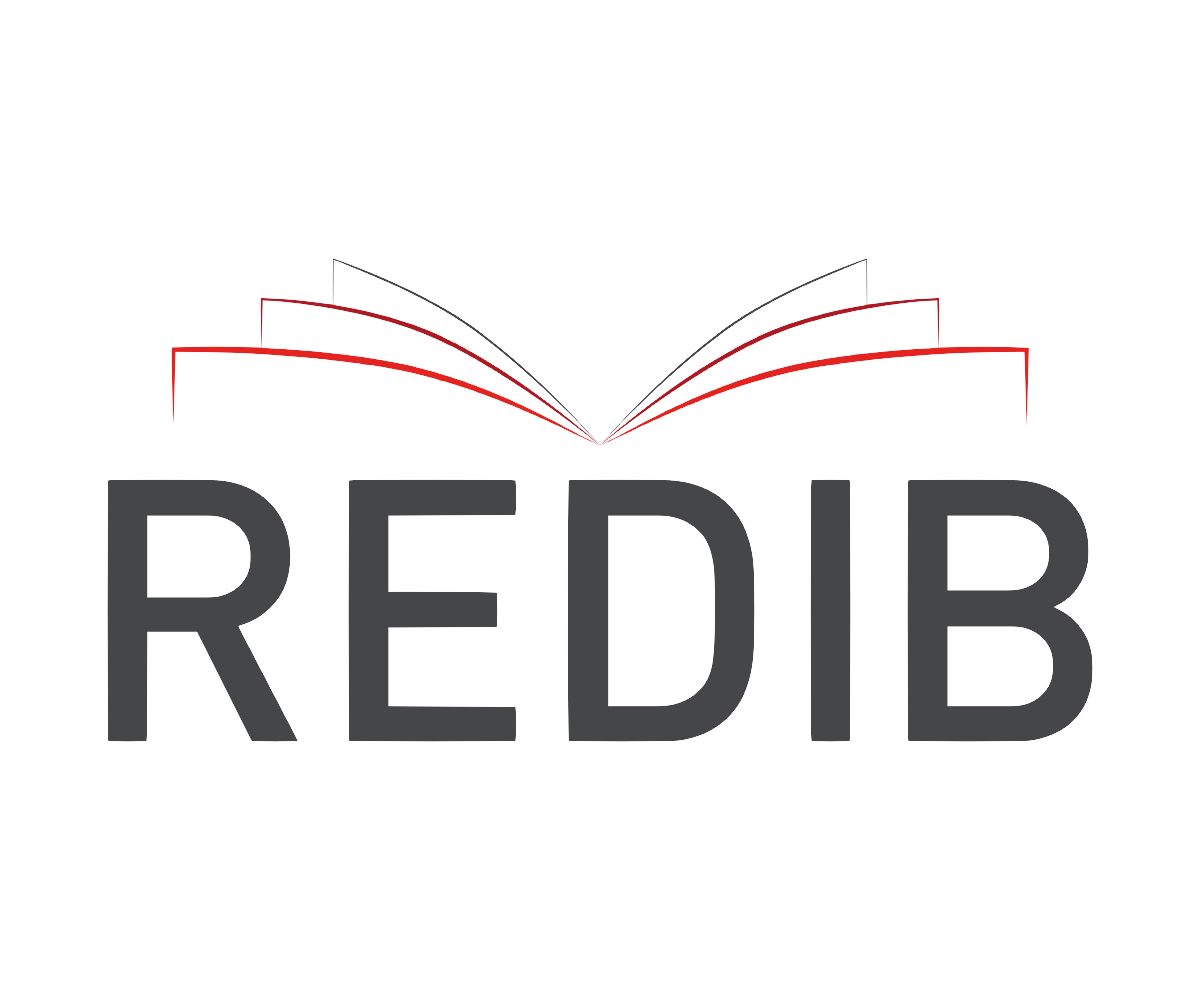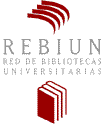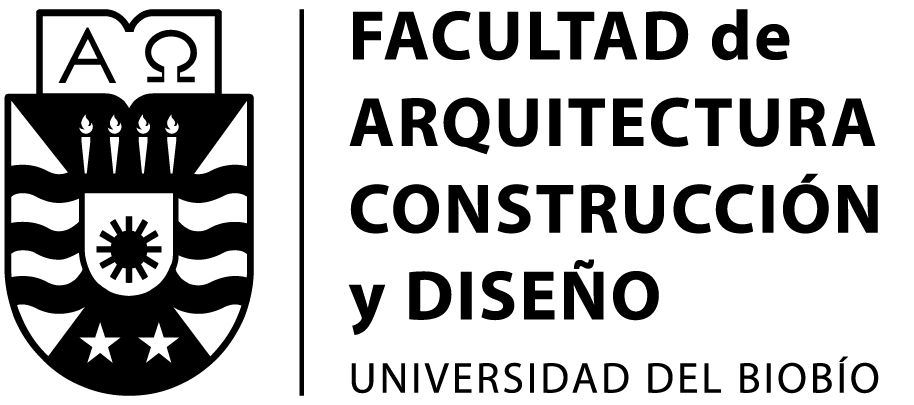Military sites today: The symbolic military space in megapolitan Lima, Peru
DOI:
https://doi.org/10.22320/07183607.2024.27.50.05Keywords:
social space, physical space, immured spaces, military habitusAbstract
This study analyzes the impact of military facilities in Megapolitan Lima, considering the city's physical, symbolic, and social space configuration. This research focuses on the Las Palmas Air Force Base and the Chorrillos Military Base, examining how these sites demarcate the urban space and affect the social dynamics, symbolic perceptions, and power relations. Using a qualitative approach based on semi-structured interviews, observation, and document analysis, the role of military bases is explored in constructing urban identity, collective memory, and community cohesion in Lima. The findings reveal diverse perceptions. While some perceive these spaces as symbols of protection, stability, and order, others see them as agents of segregation and control. This plurality of opinions indicates that the military facilities fulfill a complex, multifaceted role in the city, influenced by the social and cultural context of the different groups involved.
Downloads
References
ARIZAGA, C. (2021). La Ciudad en la Sociología de Pierre Bourdieu. En Sociología y la Vida Urbana. De los clásicos a los problemas actuales. Teseo Press Design.
BAGAEEN, S., & CLARK, C. (2016). Sustainable Regeneration of Former Military Sites.En Routledge.
BOURDIEU, P. (1998). Practical Reason: On the Theory of Action Stanford University Press.
CAMERIN, F. (2022a). Opening the barrier of military immured spaces in Italy: Is their regeneration going beyond the threshold of boundaries? en B. Yapicioglu, K. Lalenis (eds.), Boundaries and Restricted Places (1 ed., pp. 264-277). Elgaronline. https://doi.org/10.4337/9781800884083.00029
CAMERIN, F. (2022b). Quartering as an aspect of Italy’s post-unification urban development: The case of Milan’s parade ground. Planning Perspectives, 38(2), 353-373. https://doi.org/10.1080/02665433.2022.2095297
CÁRDENAS BROU, CNEL. F. R. (2019, enero 24). FAP: Un siglo en el aire. El Peruano. https://elperuano.pe/noticia/75043-fap-un-siglo-en-el-aire
CERÓN-MARTÍNEZ, A. U. (2019). Habitus, campo y capital. Lecciones teóricas y metodológicas de un sociólogo bearnés. Cinta de Moebio. Revista de Epistemología de Ciencias Sociales, 66, http://orcid.org/0000-0003-2440-5494
ESCALANTE, M. A. (1995). Las Fuerzas Armadas en la estructura del Estado peruano del siglo XIX. Pensamiento Constitucional, 2(2), 169-201. https://revistas.pucp.edu.pe/index.php/pensamientoconstitucional/article/view/3382
GIDDENS, A. (1986). The Constitution of Society: Outline of the Theory of Structuration. University of California Press.
GRANOVETTER, M. (1973). The Strength of Weak Ties. American Journal of Sociology, 78(6). https://www.journals.uchicago.edu/doi/abs/10.1086/225469
GUNTHER DOERING, J. (1983). Planos de Lima, 1613-1983 Municipalidad de Lima Metropolitana [Archivo PDF]. https://www.scribd.com/document/601454615/262507606-Planos-de-Lima-1613-1983-Juan-Gunther-Doering
GUTIÉRREZ, A. B. (2012). Las prácticas sociales: Una introducción a Pierre Bourdieu. Eduvim.
HUNTINGTON, S. P. (1981). The Soldier and the State: The Theory and Politics of Civil–Military Relations. Harvard University Press.
IZCARA, S. (2009). La praxis de la investigación cualitativa: Guía para elaborar tesis. Editorial Plaza y Valdés S. A.
JAIN, S. (2023). Practising the Symbolic: Pierre Bourdieu’s Contribution. Routledge.
JANOWITZ, M. (1960). The professional soldier, a social and political portrait. Free Press. https://archive.org/details/professionalsold00janorich/page/n5/mode/2up
KOSAK, D. (2018). Revisitando el debate sobre la fragmentación urbana: Una década y media después de “Splintering Urbanism”. Revista Iberoamericana de Urbanismo, 14, 1-8 https://upcommons.upc.edu/bitstream/handle/2117/130389/14_03_RIURB_kosak.pdf?sequence=1&isAllowed=y
LANDMAN, K. (2011). Urban fragmentation:diferent views on its causes and consequences. En H. S. Geyer (Ed).International Handbook of Urban Policy, (2°ed., Vol.3 pp. 1-338) . Issues in the Developing World.
MASTERSON, D. (2001). Fuerza Armada y Sociedad en el Perú Moderno. Un estudio sobre relaciones civiles militares 1930-2000. Instituto de Estudios Políticos y Estratégicos.
MUBI BRIGHENTI, A., & KARRHOLM, M. (2019). Urban Walls. Political and Cultural Meanings of Vertical Structures and Surfaces. Routledge.
RAVITCH, S. M., & MITTENFELNER CARL, N. (2020). Qualitative Research: Bridging the Conceptual, Theoretical, and Methodological. SAGE Publications, Inc.
SÁNCHEZ VELÁSQUEZ, L. DAVID. (2023). Influencia de las Reformas Francesa y Estadounidense en la Cultura Organizacional del Ejército del Perú. Revista Seguridad y Poder Terrestre, 2(1), 157-172. https://ceeep.mil.pe/2023/02/09/influencia-de-las-reformas-francesa-y-estadounidense-en-la-cultura-organizacional-del-ejercito-del-peru/
STAKE, R., E. (1998). Investigación con estudio de casos. Ediciones Morata. http://ebookcentral.proquest.com/lib/umiamisp/detail.action?docID=3217507
STEPHENSON, M. O., & ZANOTTI, L. (2016). Building Walls and Dissolving Borders. Routledge.
TOCHE MEDRANO, E. (2023). Guerra y Democracia. Los Militares peruanos y la Construcción nacional. Desco.
VIDAL, R. (1997). Metrópolis en recomposición: Elementos para una teoría de la fragmentación urbana [Archivo PDF]. http://observatoriogeograficoamericalatina.org.mx/egal6/Geografiasocioeconomica/Geografiaurbana/254.pdf
VIDAL-KOPPMANN, S. (2009). Fragmentación Socio-espacial en la Periferia de la Región Metropolitana de Buenos Aires. Journal of Latin American Geography, 8(1), 79-97. https://dx.doi.org/10.1353/lag.0.0038 .
VILLANUEVA, C. (2022). El Desafío de un Proyecto Nacional en Perú.La Primera Fase del Gobierno Revolucionario De Las Fuerzas Armadas 1968-1975. Manoalzada Editores.
WACQUANT, L. (2017). Bourdieu viene a la ciudad: Pertinencia, principios, aplicaciones1. EURE, 43(129), 279-304. http://dx.doi.org/10.4067/S0250-71612017000200013
WACQUANT, L. (2023). Bourdieu in the City. Challenging Urban Theory. Wiley.
Downloads
Published
How to Cite
Issue
Section
License
Copyright (c) 2024 Giovanna Balarezo-Alberca

This work is licensed under a Creative Commons Attribution-ShareAlike 4.0 International License.
The content of articles which are published in each edition of Habitat Sustentable, is the exclusive responsibility of the author(s) and does not necessarily represent the thinking or compromise the opinion of University of the Bio-Bio.
The author(s) conserve their copyright and guarantee to the journal, the right of first publication of their work. This will simultaneously be subject to the Creative Commons Recognition License CC BY-SA, which allows others to share-copy, transform or create new materials from this work for non-commercial purposes, as long as they recognize authorship and the first publication in this journal, and its new creations are under a license with the same terms.![]()








